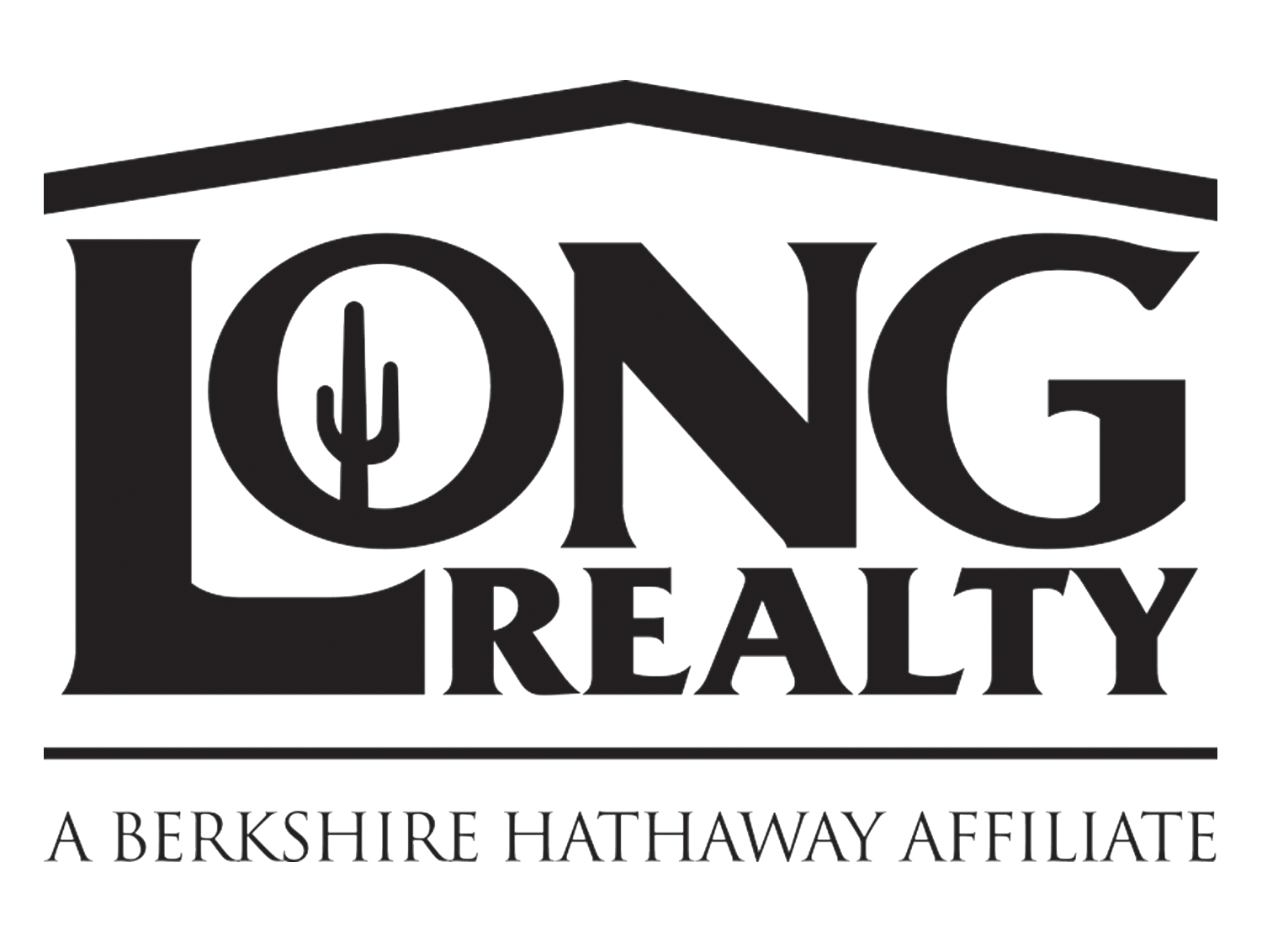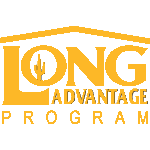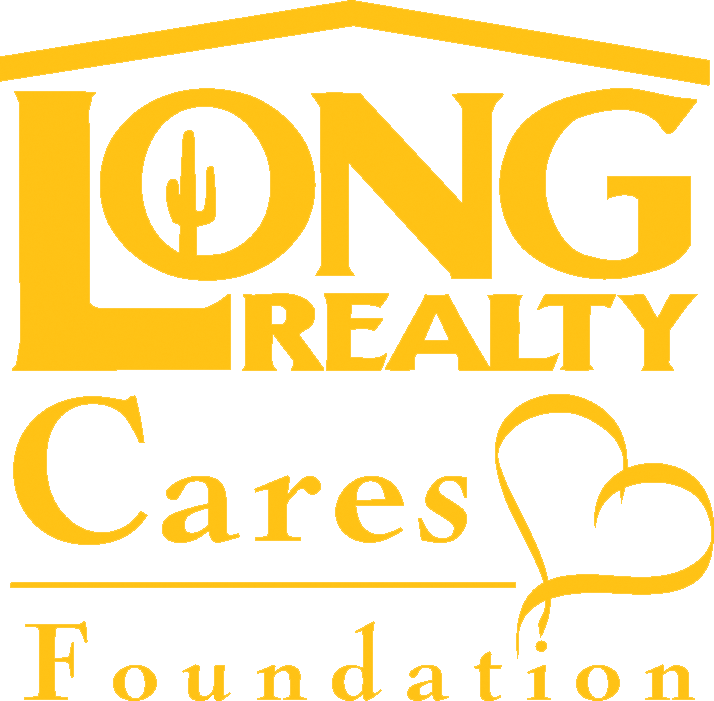Be patient and expect that you’ll have to submit many, many documents throughout the course of getting a loan, including up until closing potentially. Different documents will be required by different lenders depending upon the investor funding the loan, the underwriter, and the loan type chosen.
Among the commonly needed documents though are W-2’s (or 1099’s & profit/loss statements for self-employed people) for at least several months, tax returns, several months of bank statements, list of assets which includes checking accounts, savings accounts, stocks, and IRAs, plus a list of your debts like car loans, student loans, credit cards, etc. A good rule of thumb is to gather all the requested documents and send them in together and complete. For bank statements send in each page, even if it’s blank.
Most lenders allow a Buyer to “lock” in their interest rate within 30-60 days from the closing date at no cost. This lock simply guarantees that moment’s current interest rate regardless of whether it goes up or down. Locking the interest rate is certainly the safer option as you know exactly what you’re getting. If you choose to float then the interest could rise, stay the same, or go down. Normally there won’t be huge swings in interest rates over a short time period so the marginal decrease that could happen is seen as not worth the risk by most Buyers. It’s absolutely a choice that only the Buyer can make but certainly consult your loan officer for their advice. No one can predict the future though.
In some cases a lender can lock an interest rate for a longer duration but they normally charge a pretty sizable fee as the lender is incurring more risk if the rates do rise significantly.
Next: Read the title commitment
- Step 1: Find a REALTOR®
- Step 2: Get pre-approved for a mortgage (only applies to buyers who are not paying with cash)
- Step 3: Start your home search online
- Step 4: Time for showings
- Step 5: Make an offer
- Step 6: I have an accepted contract. Now what?
- Step 7: Schedule the home inspections
- Step 8: Drop off your earnest money check
- Step 9: Put the closing on your calendar
- Step 10: What is the inspection period?
- Step 11: Don’t spend extra money (only applies to buyers who are getting a loan)
- Step 12: Provide documents to your loan officer (only applies to buyers who are getting a loan)
- Step 13: Read the title commitment
- Step 14: Review the HOA documents (only applies to buyers who are purchasing homes with HOAs)
- Step 15: Fill out and return your buyer’s packet
- Step 16: Tips for attending the home inspection
- Step 17: Read the inspection reports
- Step 18: Make repair requests
- Step 19: The appraisal (only applies to buyers who are getting a loan)
- Step 20: Hire movers and start packing
- Step 21: Hook up your utilities
- Step 22: Set up homeowner’s insurance
- Step 23: Get your down payment ready
- Step 24: Secure your new home
- Step 25: Do you want a home warranty?
- Step 26: Make your down payment
- Step 27: Attend the walkthrough
- Step 28: Attend the signing
- Step 29: Get the keys
- Step 30: Wrapping things up








Connect With Us!